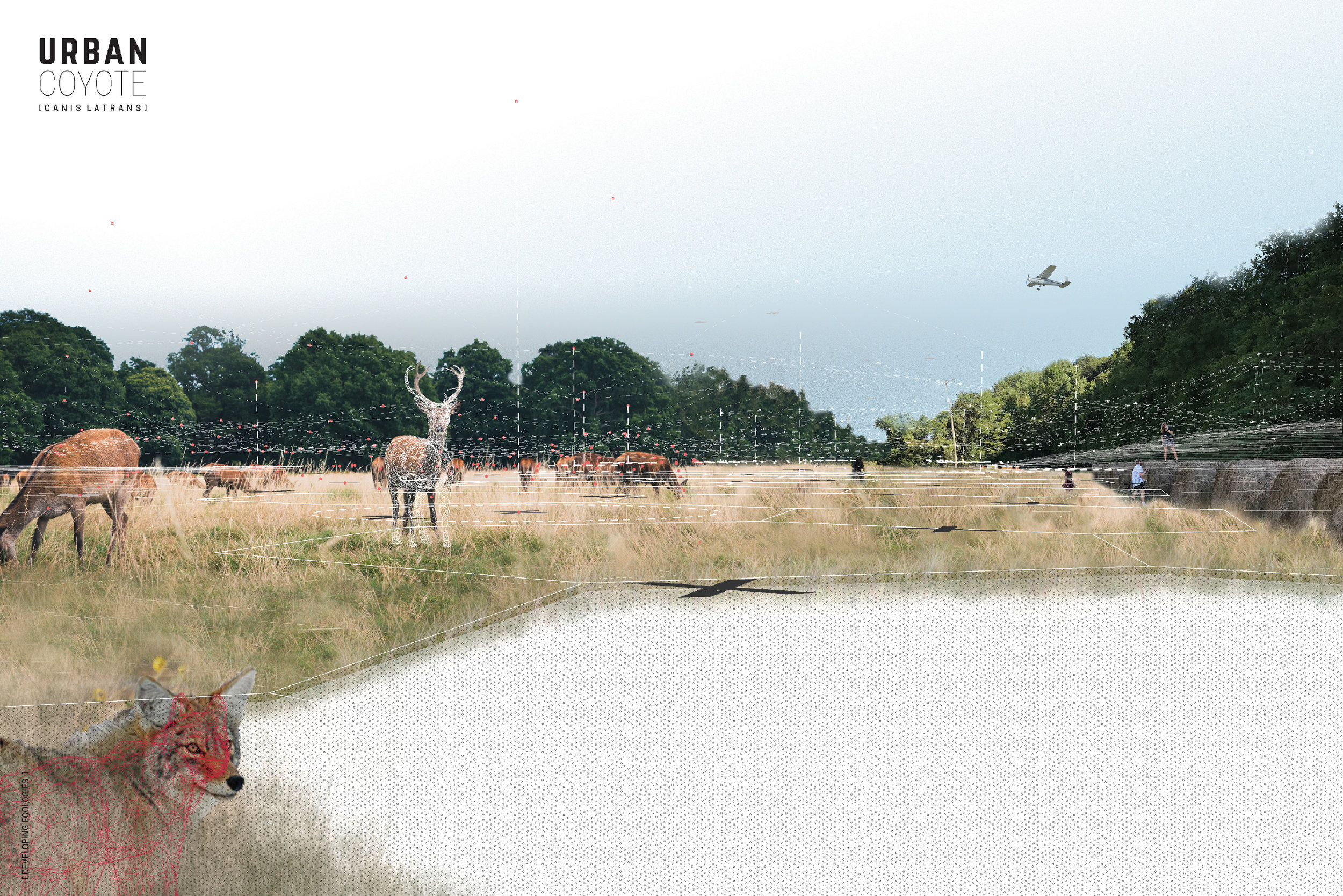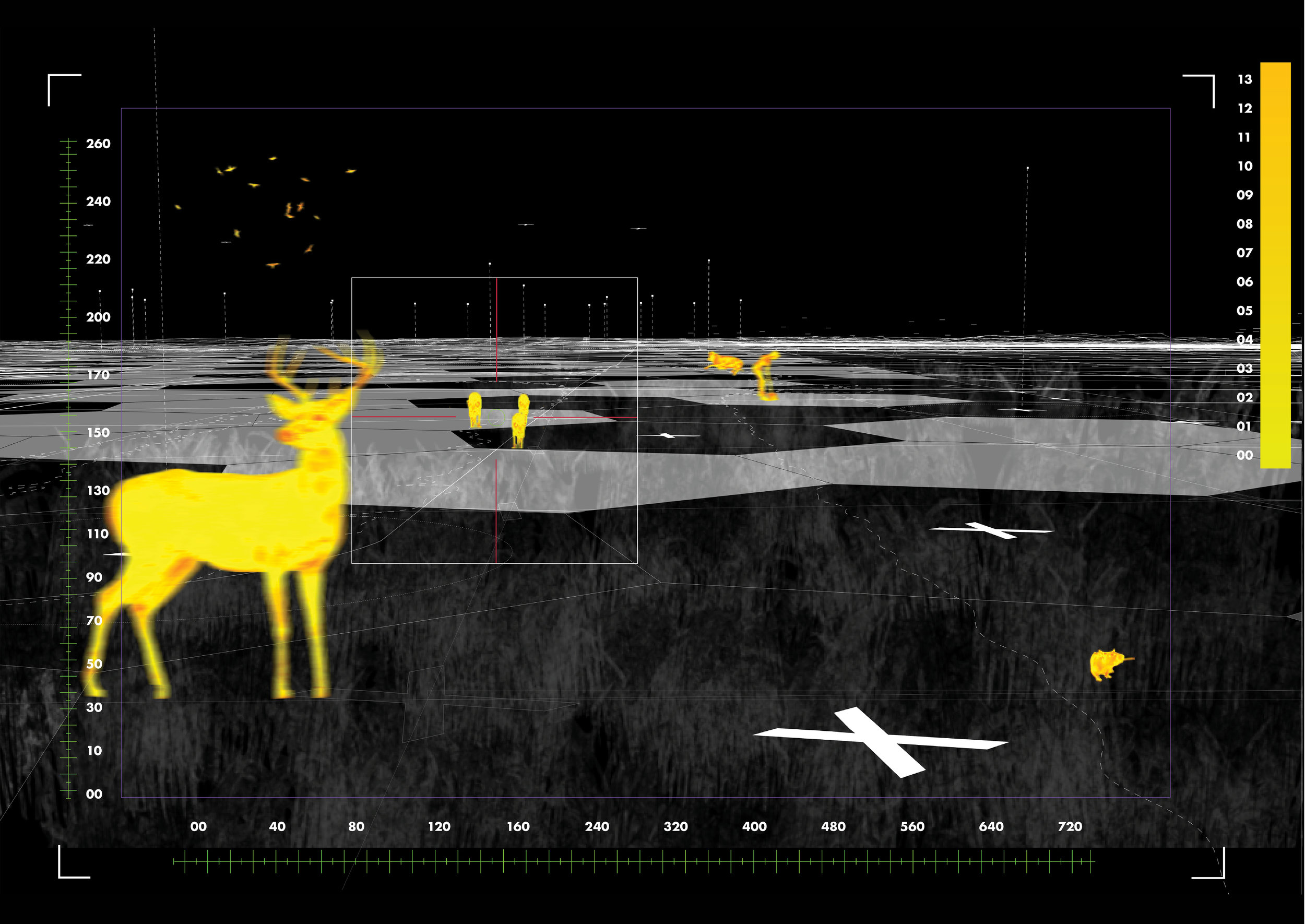Aaron Wright ::
Industrial Designer, Experience Researcher,
Architectural Designer
Industrial Designer, Experience Researcher,
Architectural Designer




Urban Coyote
Operative occupation: activating underutilized grounds for nascent urban ecologies + economiesc.2017
Tags: Landscape Architecture, Urbanism, Riparian Design, Coyotes, Developing Ecosystems, Creating Ecologies, Field Research
Toolkits: Adobe Creative Cloud, Woodworking, Autocad, Grasshopper, Rhino, ArcGIS, Processing, Vray
The population growth in davidson county is quickly reverberating across scales of infrastructure, society, and landscapes. This development emerges with new economies and spurs complexities of physical landscape, capital infrastructure, and social climate. An agent that is in direct correlation with and a resultant of the networks above is the coyote, in particular, the urban coyote. An animal that is highly adaptive to various ecosystems and prey models, coyotes flourish as an apex predator in a power vacuum of the nashville metropolis. They survive mainly as scavengers, using the given landscape of compost, road-kill, and small rodents as primary nutrition.
Cornelia fort airpark, an area of east nashville situated in the dichotomy of urban fabric and urban wilderness, correlates with the mannerisms of the urban coyote. We are using this site as a landscape urbanism proving ground implementing small, designed maneuvers on site, yielding high impact. These design strategies use cellular automata, a patchwork typology that allows successional vegetation growth to dictate the ecosystems across the dormant airpark landscape and encourage coyote inhabitation along with the animals found in the animal’s habitat. Cornelia fort offers programmatic opportunities for humans to activate the site with typical green way use as well as encounter unique scenarios with urban coyote.
![]()
![]()
![]()
![]()
![]()
![]()
![]()
![]()
![]()
In collaboration with Timothy Rhyne
The University of Tennessee, Knoxville
Cornelia fort airpark, an area of east nashville situated in the dichotomy of urban fabric and urban wilderness, correlates with the mannerisms of the urban coyote. We are using this site as a landscape urbanism proving ground implementing small, designed maneuvers on site, yielding high impact. These design strategies use cellular automata, a patchwork typology that allows successional vegetation growth to dictate the ecosystems across the dormant airpark landscape and encourage coyote inhabitation along with the animals found in the animal’s habitat. Cornelia fort offers programmatic opportunities for humans to activate the site with typical green way use as well as encounter unique scenarios with urban coyote.









In collaboration with Timothy Rhyne
The University of Tennessee, Knoxville
